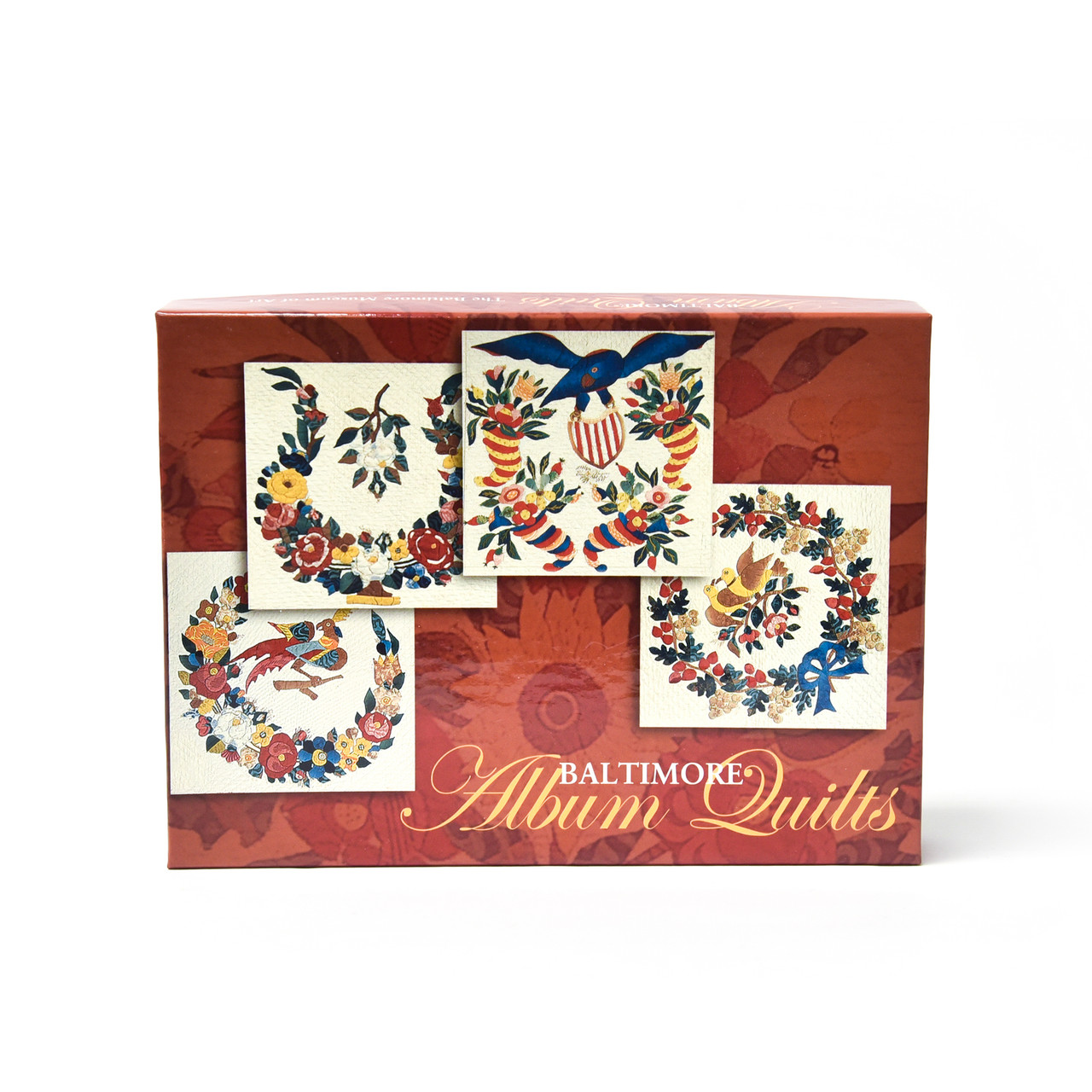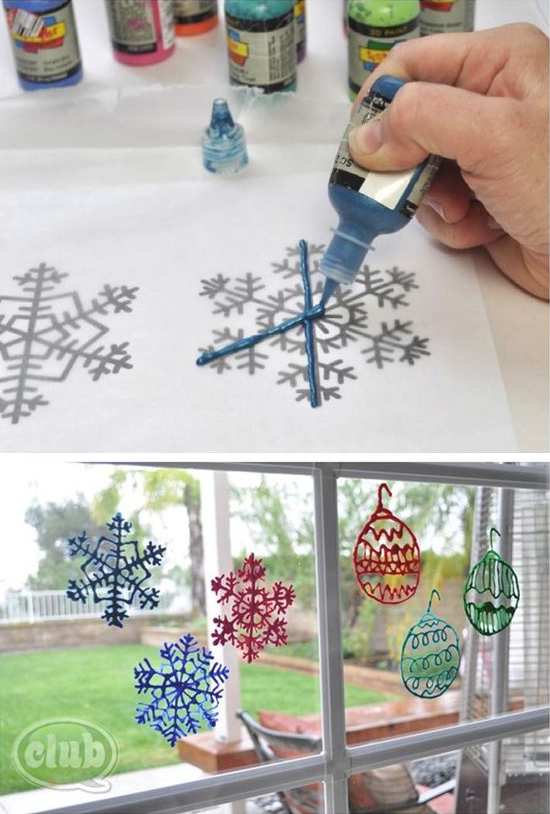
Knitting in the round joining involves joining the stitches in a round. To do so, consult your pattern. This will usually involve working the first stitch of the round. You can use DPNs to find the end of the round without having to work the yarn. You can do this by working the first stitch in the round, and then joining the round.
Cast-on stitches
Cast-on stitches can be used to join two stitches together at once. Although the process is straightforward, you need to make sure that your stitches don't get too tight. Cast on evenly to avoid uneven casting or holes.
Cast-off stitch
Casting stitches in the round can be done in several ways. First, ensure the cast off row is secure to avoid unraveling. You can do this by pulling the yarn's tail through the loop. Afterwards, you can thread the tail of the yarn back into the yarn needle.

Cast-on tail
Cast-on tail is the tail that remains after the stitches have been cast on when knitting in the round. It can be long or short, and should be at least 6 inches long. If knitting in the round the tail should be loose from the needle.
Use circular needles
Circular needles can be used if you prefer knitting in the circular format. These needles can be used for knitting in round but you must attach them together. Usually, this is done by joining the first row of stitches. After joining, you must make sure that the cables do not twist during the joining process.
Avoid twisting
It is vital to avoid twisting your knitting when working in the round. A twisted stitch will not be repaired easily. You will need to rip it out. It is better to catch the twist at the beginning of knitting, before you go on to knit more than a few rows. Twists will be obvious and difficult to repair after just a few inches. Sometimes, the twist can be caught in time and you can undo the whole project.
Use the right side
If you are knitting stockinette stitches, it is simple to use the right side. The body's side is the "right" side of the knitting fabric. You knit all stitches as if the "rightside" was facing you. It is important to know that stockinette stitches can be knit on the wrong side.

Use the wrong side
Knitting in the round can often lead to you using the wrong side. This is the part of the fabric that isn’t visible when the project completes. These side may have different characteristics than you desire. This is especially true if you are knitting with a round needle.
FAQ
Why do we require hobbies?
Hobbies are an integral part of our daily lives. They allow us to relax, unwind and think creatively. Hobbies offer opportunities to develop new skills as well as life-long interests.
Hobbies are a way to find meaning and purpose.
These can often be a great way to get some extra time while you have nothing else.
They are fun!
You probably don’t have enough time to pursue hobbies.
Look at all the options. Perhaps you should get a hobby started today if you don’t already have one.
What are your competitive hobbies?
There are many competitive sports, including running, swimming and cycling, as well as golfing, tennis and other activities.
These games are often played by people who enjoy exercise but also offer the opportunity to interact with others.
If your hobby is physical activity, chances are that others share it.
This could include joining a club/group that allows you to play sports together regularly.
Participating in group games, which involve playing alongside others, is another option.
These include soccer (soccer), rugby, netball and hockey.
There are many types competition.
Some competitions are only for recreational purposes.
Others are designed for competitors to prove their skill.
Yet, there are others that reward exceptional performance.
The winners are awarded prizes in these cases.
Other competitions are designed to test the strength and stamina of competitors.
These are called endurance events.
For example, marathon races, triathlons, Ironman Triathlon, etc.
Before participating in these events, athletes often train hard.
To prepare their bodies and minds, they will have to adhere to a strict training plan.
They may need to spend some time out of their home for preparation.
It is important to keep in mind that not all athletes can compete in every event.
What does it cost to have a hobby?
A hobby costs nothing but time. It can take many years to accomplish what you desire if you are serious about it.
But there is one thing you can do to help yourself. It's called 'passion.' If you have passion for whatever it is you do, you will find it easier to put in the hours required to make progress.
And once you start putting in those hours, you may find that you become addicted to the activity. Here is the fun part! Because you now enjoy what you do and are improving your skills every day. By the end of the year you'll have probably made a lot of progress.
It doesn't matter how long it takes. Don't be afraid to try. You may be surprised.
Statistics
- A new survey by Pew Research Center of teens ages 13 to 17 finds that 36% of girls feel tense or nervous about their day every day; 23% of boys say the same. (pewresearch.org)
- The intensity of the dialogue partners' bond at the end of the forty-five-minute vulnerability interaction was rated as closer than the closest relationship in the lives of 30 percent of similar students. (time.com)
- Studies show that just six minutes of reading can reduce stress levels by 60 percent. (oberlo.com)
- The Role of the Mind in Sex, Dating, and Love: Men in the “humor” condition received phone numbers from 42.9% of the female participants and were refused 57.1% of the time. (time.com)
- Much of this decline reflects the fact that teens are less likely to work today than in the past; among employed teens, the amount of time spent working is not much different now than it was around 2005. (pewresearch.org)
External Links
How To
How to learn how to play a musical instrument
There are many ways you can learn to play music. There are many options. You can go to school, purchase a book, learn from an instructor, or watch videos online. These are just a few tips and tricks to help you get started if you're determined to make your own path.
-
Find something that interests and you. If you don't like any of the instruments you see around, then you should try another one. It would be hard to get into playing an instrument if you don't enjoy doing it.
-
Be patient. Learning something new takes time. Don't expect to master everything right away. Instead, you should continue practicing every day.
-
You should practice often. Even when you feel tired, continue practicing. This will ensure that you won't forget what you learned.
-
Make sure you choose a safe place to practice. It is best to find a quiet space where you will not disturb others. It is important to keep the room clear of distractions. For example, avoid having loud music playing nearby.
-
Have fun. Music is meant to be enjoyed. You should have fun practicing music. You will be motivated to do more if you have fun.
-
Set goals. When you set goals, you know exactly what you have to achieve. Therefore, you will have no excuse for failing.
-
Keep track of your progress. Write down all of your accomplishments and failures. You'll be able to learn and improve as you go.
-
Take breaks. Sometimes it is enough to just stop and think. Taking breaks can give you the time to think.
-
Ask questions. Ask other people if you have any doubts or confusion regarding certain aspects of the instrument. They may be willing to help.
-
Learn by listening. Many musicians love to listen to and imitate songs. This allows them to grasp the basic concepts of the song.
-
Read books. Watching videos or taking classes will not teach you as much as reading books. Books often contain information you can't find elsewhere.
-
Get involved in a band. Playing with other people will make you more practice. You will also meet others with similar interests to yours.
-
View tutorials. Tutorials are short videos which explain many topics in great detail. These videos usually focus on one specific aspect of the instrument. These tutorials will help you to understand the more difficult parts.
-
Try different methods. Some people learn best by reading, while others prefer lectures. You can experiment until you discover what works for you.
-
Practice makes perfect. There is no way to be an expert overnight. It takes a lot of work to be able to perform well.
-
Learn from other musicians. Listening to others play your favorite songs can help speed up learning.